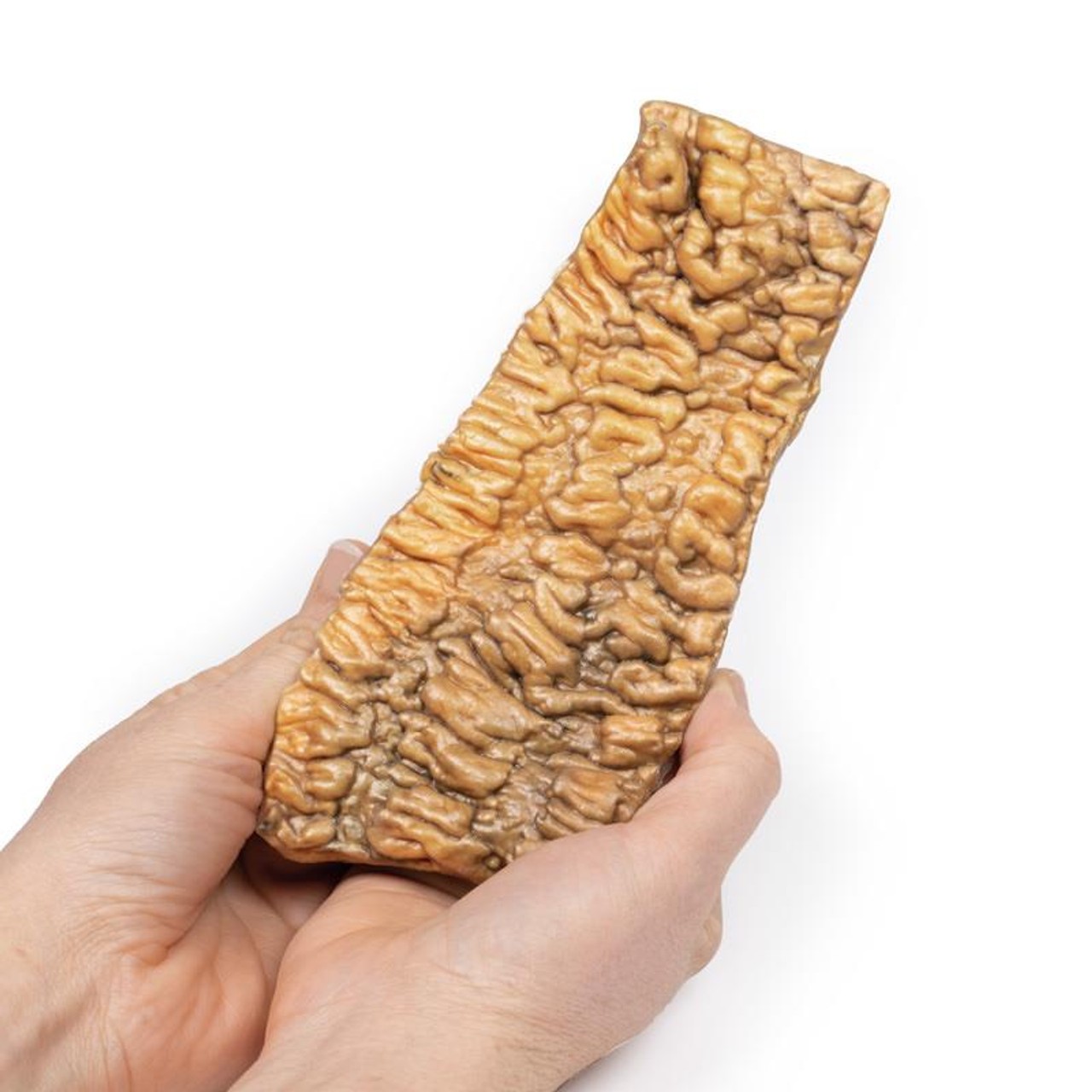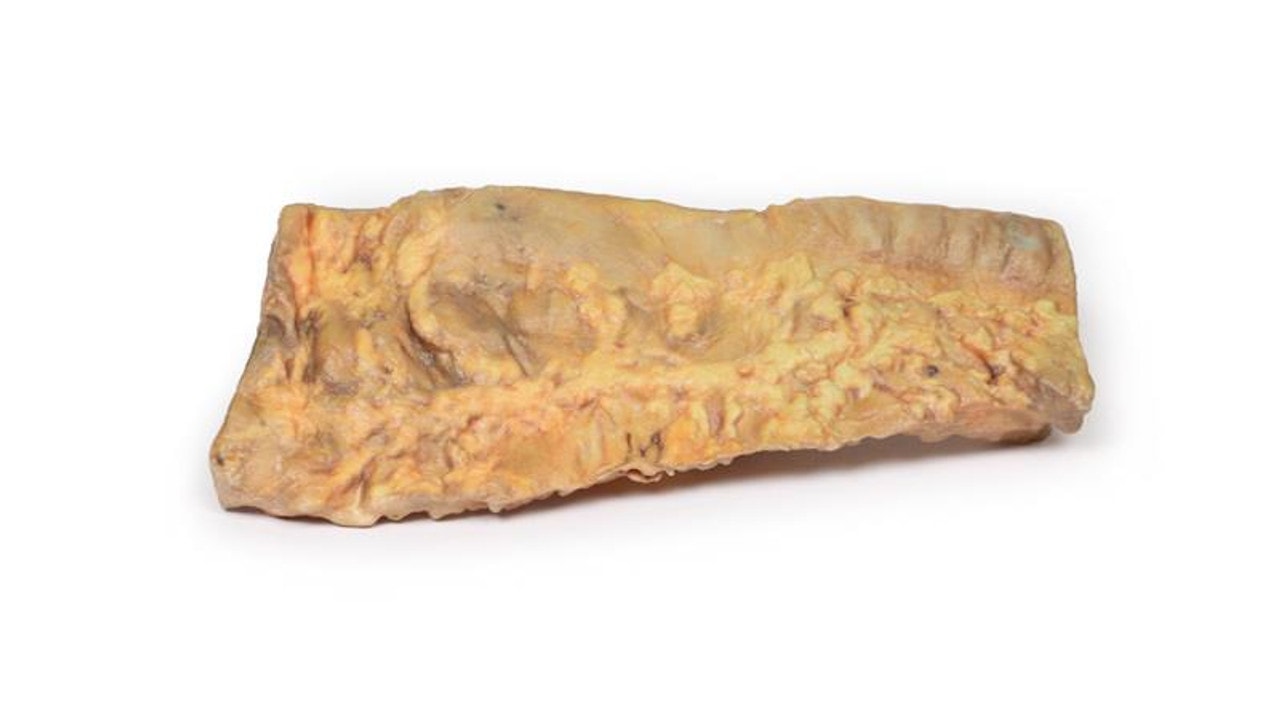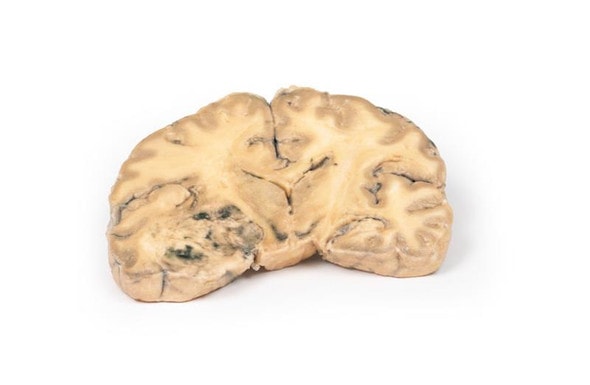Description
Developed from real patient case study specimens, the 3D printed anatomy model pathology series introduces an unmatched level of realism in human anatomy models. Each 3D printed anatomy model is a high-fidelity replica of a human cadaveric specimen, focusing on the key morbidity presentations that led to the deceasement of the patient. With advances in 3D printing materials and techniques, these stories can come to life in an ethical, consistently reproduceable, and easy to handle format. Ideal for the most advanced anatomical and pathological study, and backed by authentic case study details, students, instructors, and experts alike will discover a new level of anatomical study with the 3D printed anatomy model pathology series.
Clinical History
A 36-year old female was admitted to hospital with a 3-week history of bloody diarrhea and lower abdominal pain. Further history taking revealed 4 similar episodes of diarrhea and abdominal pain of over the past 7 years. Sigmoidoscopy showed a erythematous, ulcerated and oedematous rectal mucosa. She was commenced on steroid treatment but her symptoms failed to improve. She underwent a total colectomy.
Pathology
The resected colon has been sliced open longitudinally to show the mucosal surface. There is extensive confluent ulceration separated by oedematous islands of residual mucosa. The ulcers have necrotic bases with overhanging edges some of which form pseudo-polyps. Histology of the bowel mucosa showed acute inflammatory changes with crypt abscesses, focal necrosis and ulceration. This is an example of acute ulcerative colitis (UC).
Further Information
Ulcerative colitis is a chronic ulcero-inflammatory disease that usually involves the rectum and can extend proximally in a continuous pattern to involve other parts to the colon. The inflammatory process is diffuse but is generally limited to the mucosa and superficial submucosa. The triggering factor for UC in unknown. It most commonly begins between the ages of 15-25 years and is slightly more common in females.
UC patients can present with diarrhea, which may contain blood or mucus, fecal urgency, fecal frequency, tenesmus, colicky abdominal pain, as well as weight loss, anemia and fatigue. Colonic inflammation can lead to toxic megacolon, colonic perforation or colon cancer. Extraintestinal manifestations include anterior uveitis, migrating polyarthritis, sacroiliitis, ankylosing spondylitis, erythema nodosum, pyoderma gangrenosum and primary sclerosing cholangitis.
Treatments of UC include use of anti-inflammatory drugs such as steroids, disease modifying rheumatoid drug and TNF (tumor necrosis factor) inhibitors. Colectomy essentially cures intestinal symptoms of UC but extraintestinal manifestations of the disease may persist.
Advantages of 3D Printed Anatomical Models
- 3D printed anatomical models are the most anatomically accurate examples of human anatomy because they are based on real human specimens.
- Avoid the ethical complications and complex handling, storage, and documentation requirements with 3D printed models when compared to human cadaveric specimens.
- 3D printed anatomy models are far less expensive than real human cadaveric specimens.
- Reproducibility and consistency allow for standardization of education and faster availability of models when you need them.
- Customization options are available for specific applications or educational needs. Enlargement, highlighting of specific anatomical structures, cutaway views, and more are just some of the customizations available.
Disadvantages of Human Cadavers
- Access to cadavers can be problematic and ethical complications are hard to avoid. Many countries cannot access cadavers for cultural and religious reasons.
- Human cadavers are costly to procure and require expensive storage facilities and dedicated staff to maintain them. Maintenance of the facility alone is costly.
- The cost to develop a cadaver lab or plastination technique is extremely high. Those funds could purchase hundreds of easy to handle, realistic 3D printed anatomical replicas.
- Wet specimens cannot be used in uncertified labs. Certification is expensive and time-consuming.
- Exposure to preservation fluids and chemicals is known to cause long-term health problems for lab workers and students. 3D printed anatomical replicas are safe to handle without any special equipment.
- Lack of reuse and reproducibility. If a dissection mistake is made, a new specimen has to be used and students have to start all over again.
Disadvantages of Plastinated Specimens
- Like real human cadaveric specimens, plastinated models are extremely expensive.
- Plastinated specimens still require real human samples and pose the same ethical issues as real human cadavers.
- The plastination process is extensive and takes months or longer to complete. 3D printed human anatomical models are available in a fraction of the time.
- Plastinated models, like human cadavers, are one of a kind and can only showcase one presentation of human anatomy.
Advanced 3D Printing Techniques for Superior Results
- Vibrant color offering with 10 million colors
- UV-curable inkjet printing
- High quality 3D printing that can create products that are delicate, extremely precise, and incredibly realistic
- To improve durability of fragile, thin, and delicate arteries, veins or vessels, a clear support material is printed in key areas. This makes the models robust so they can be handled by students easily.


















